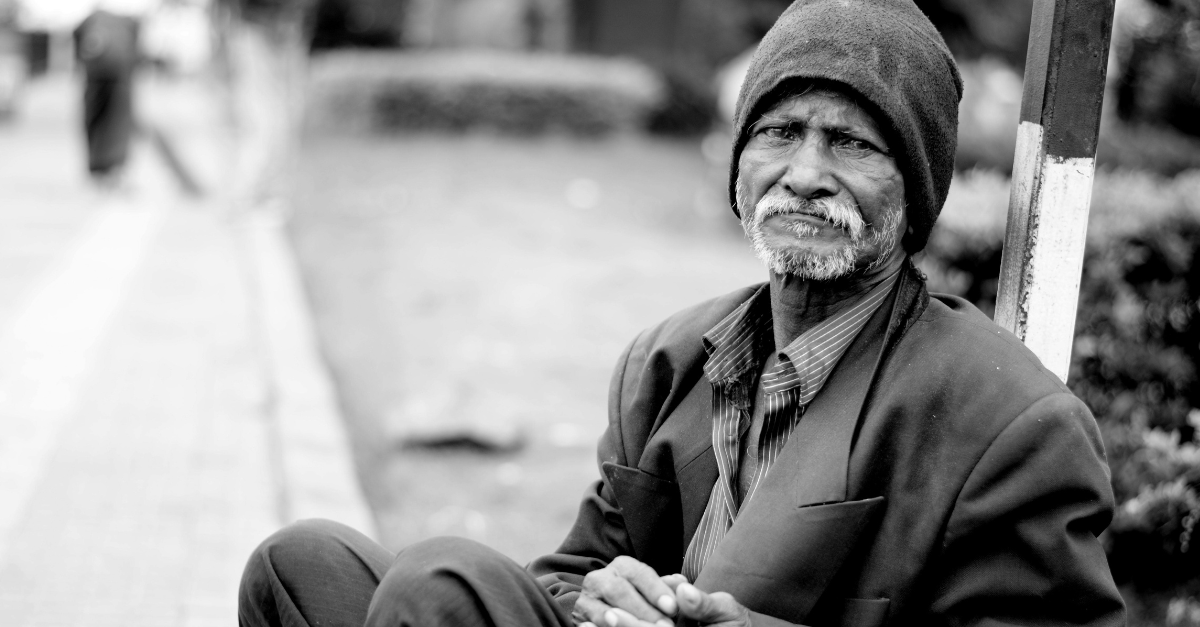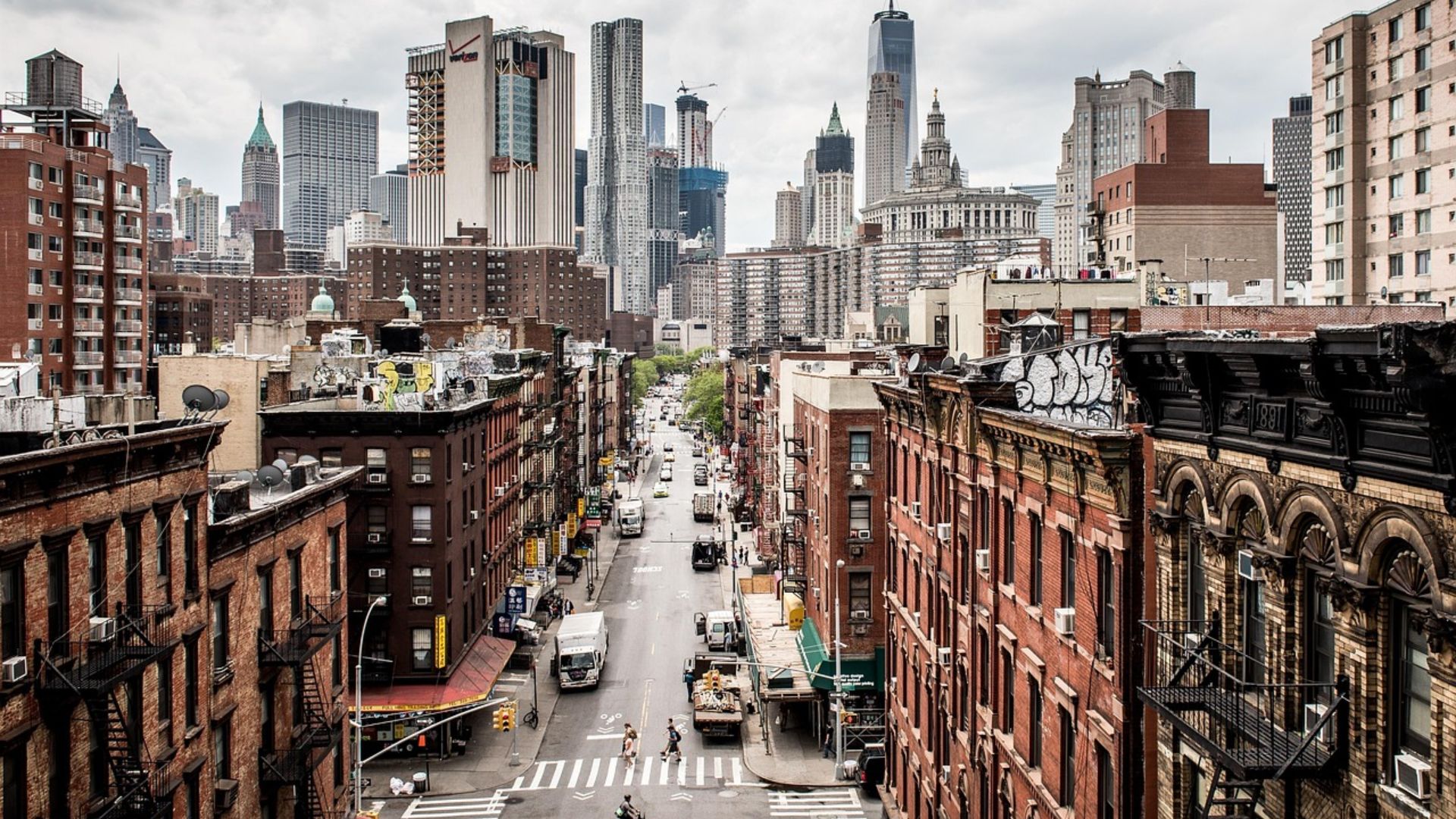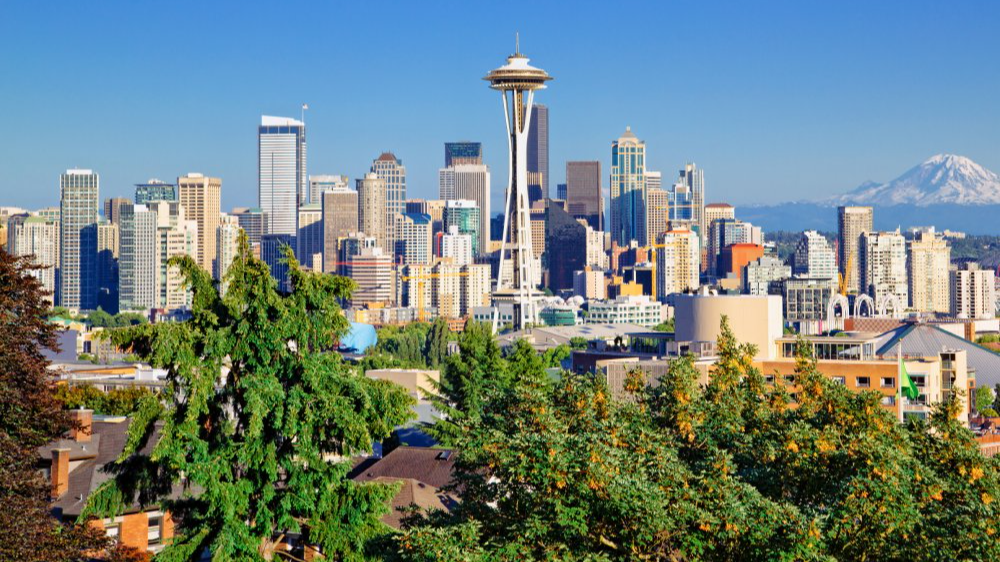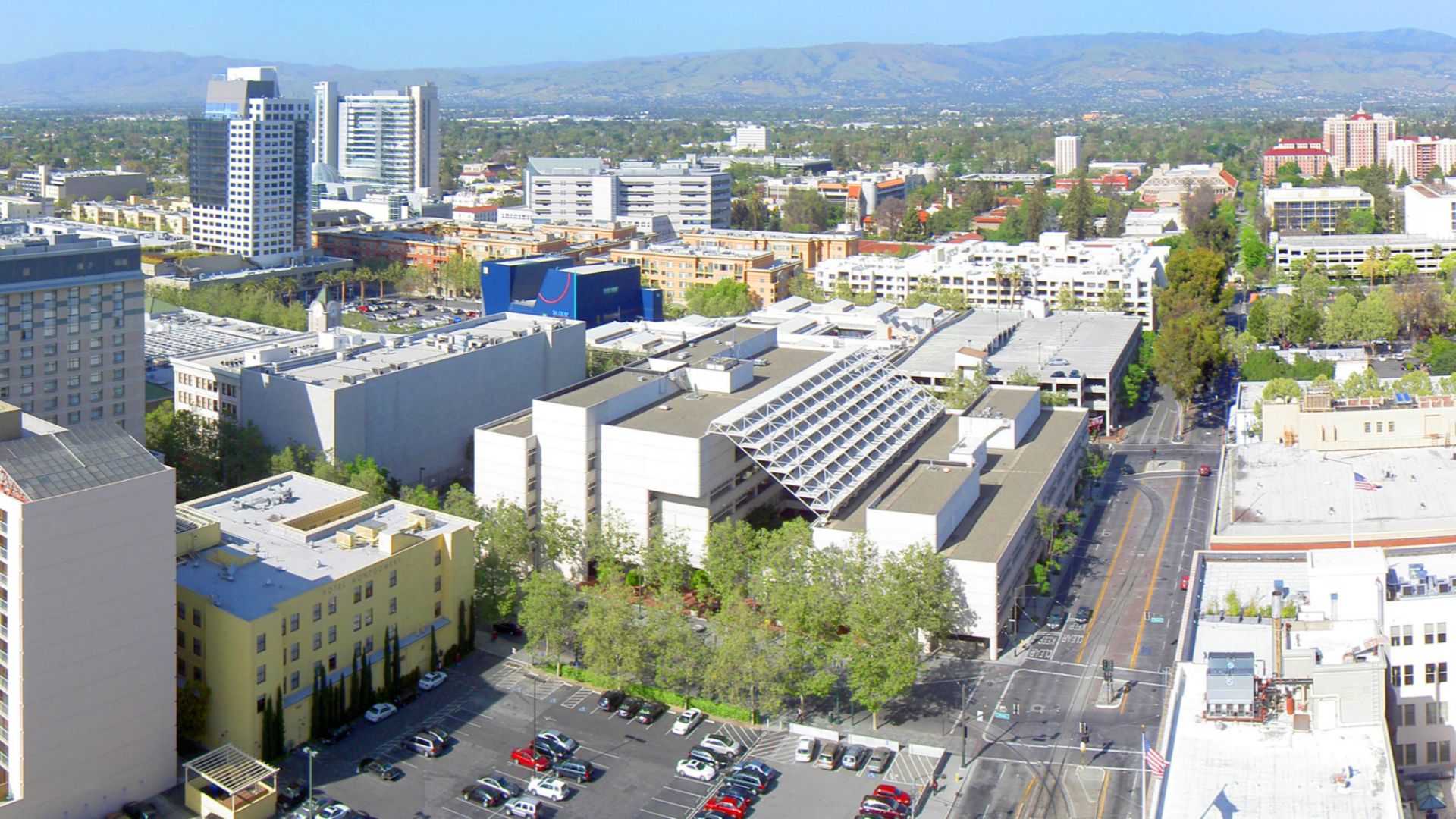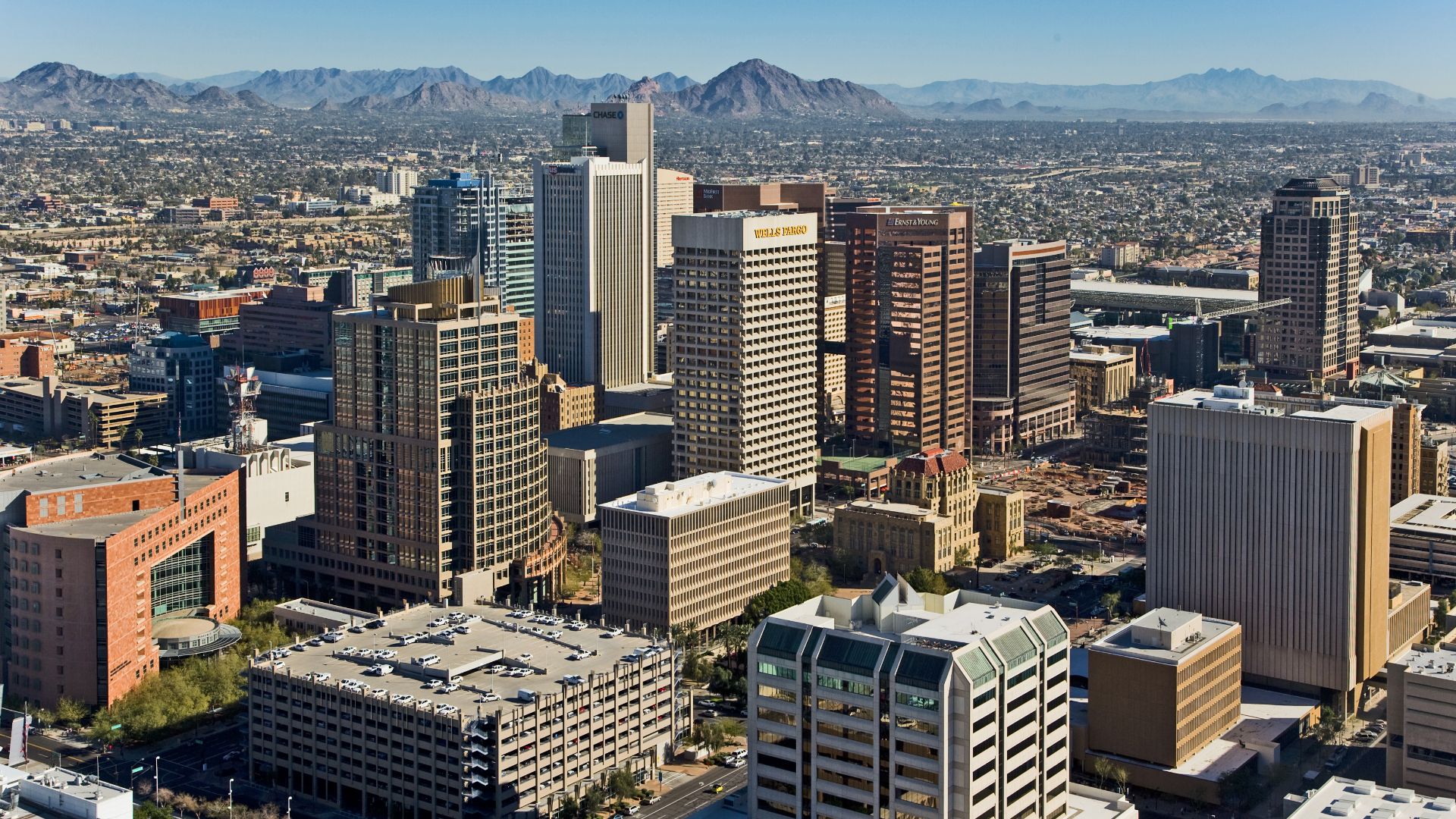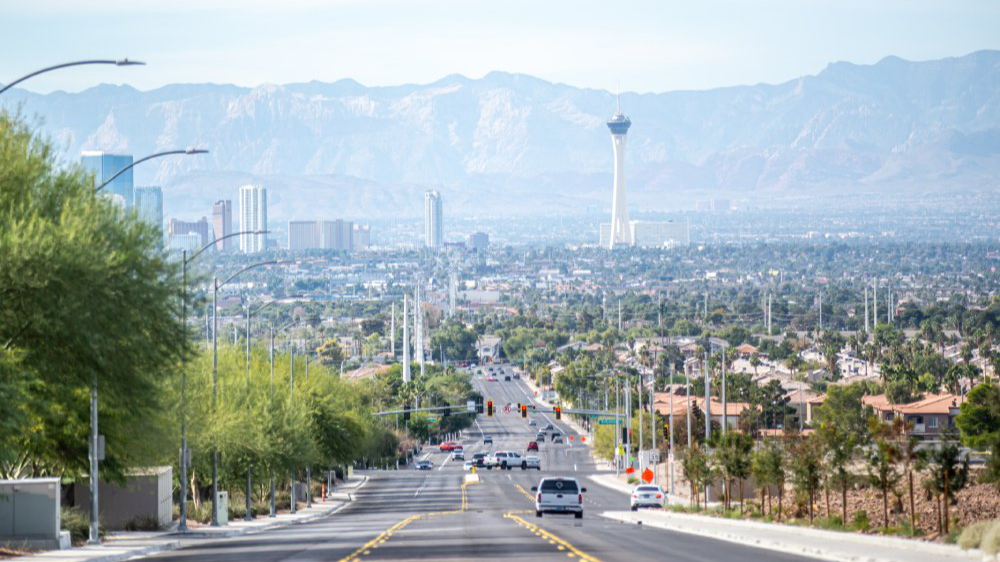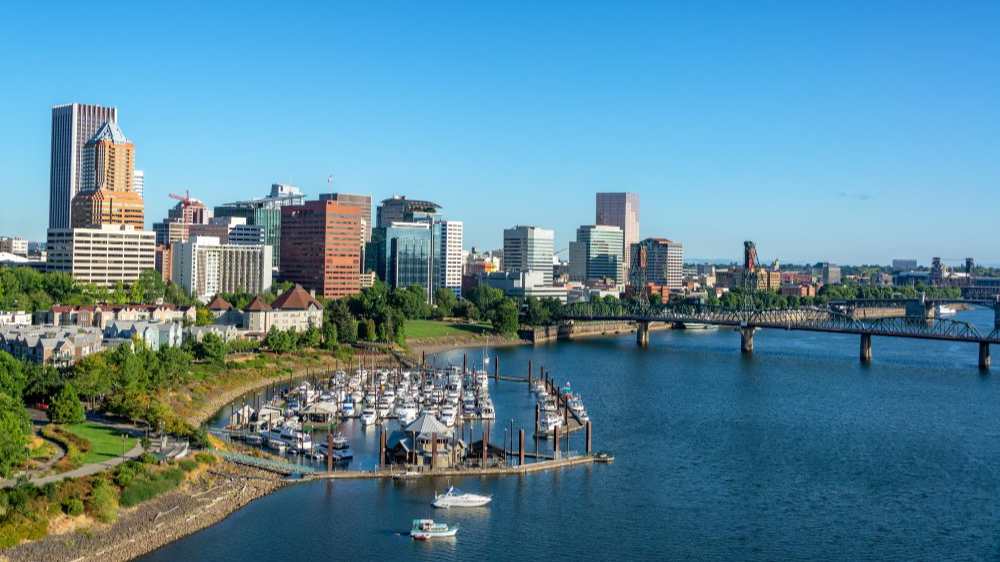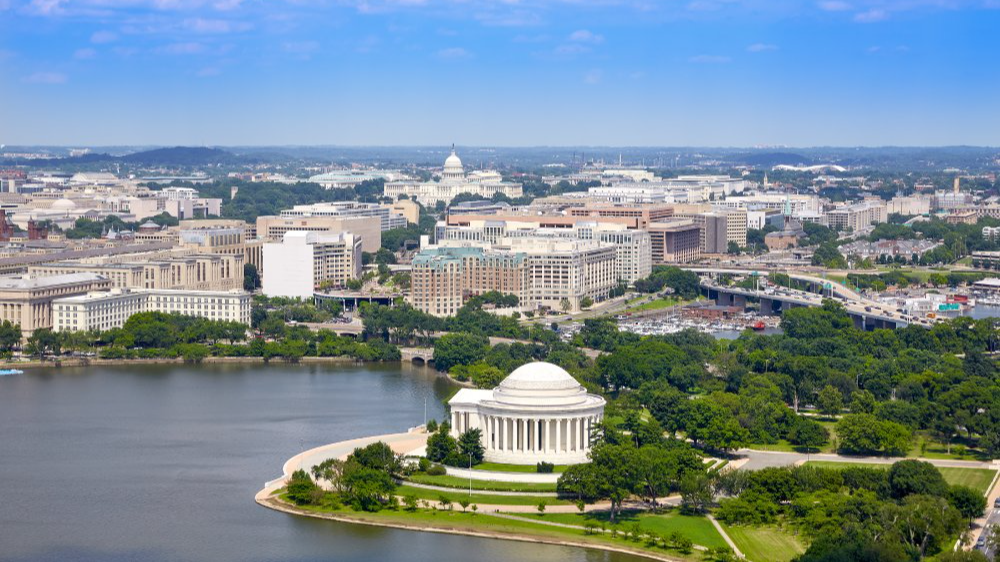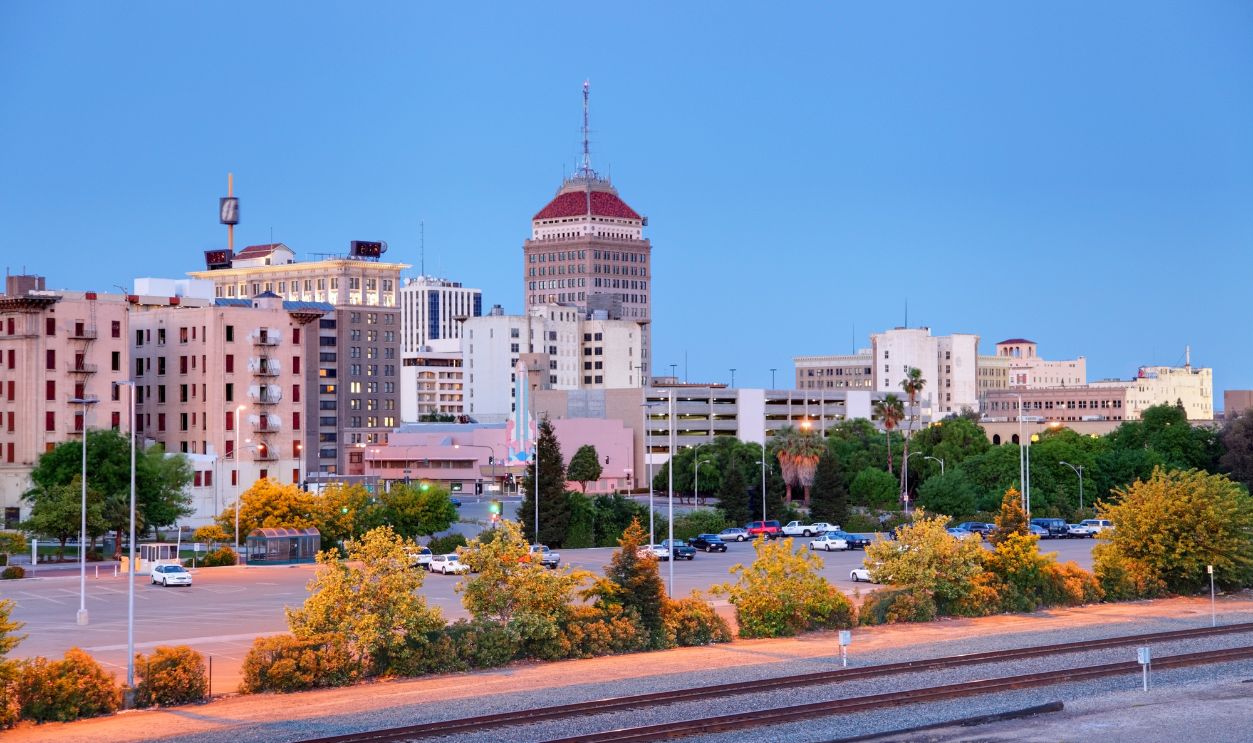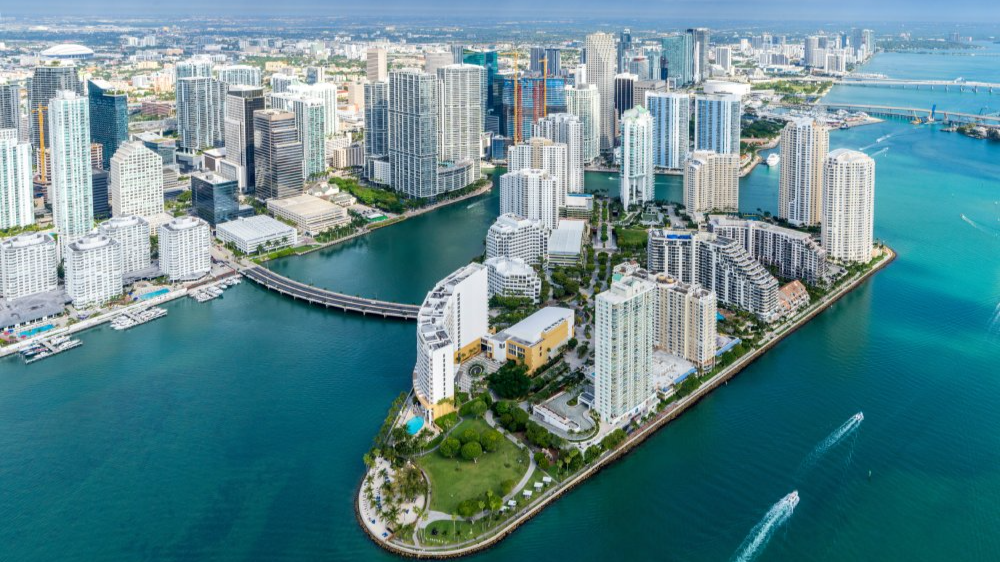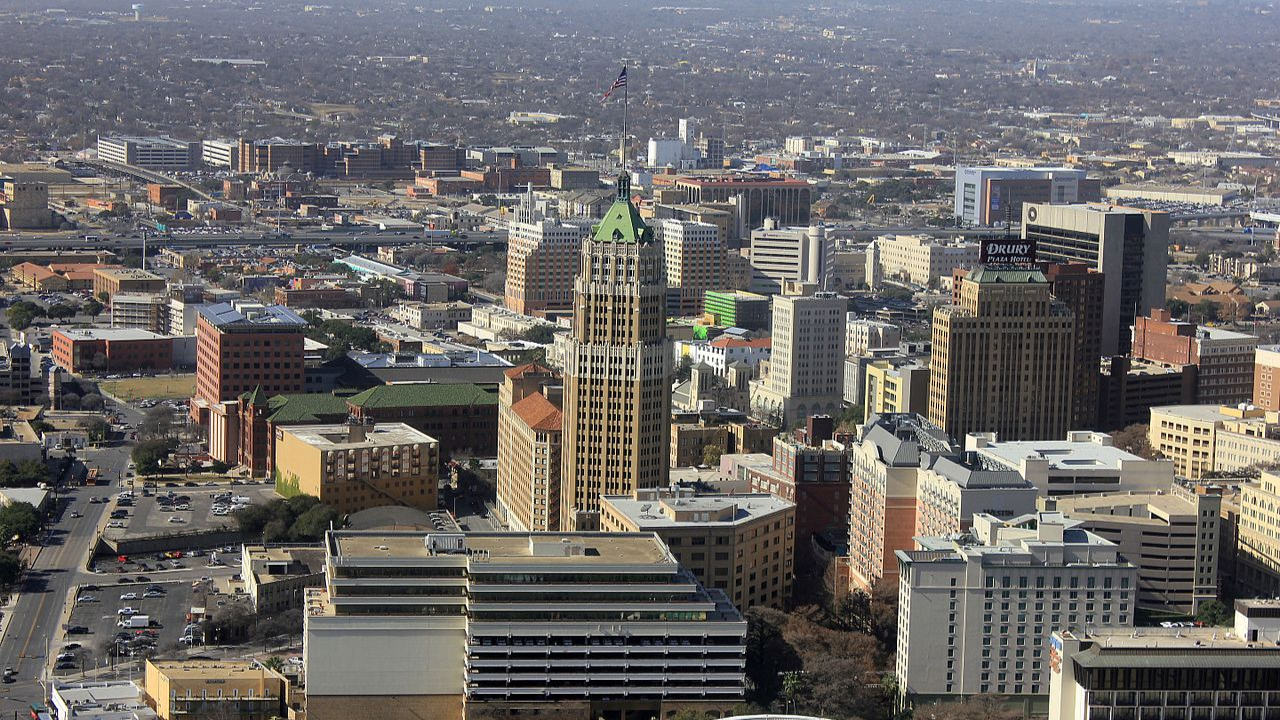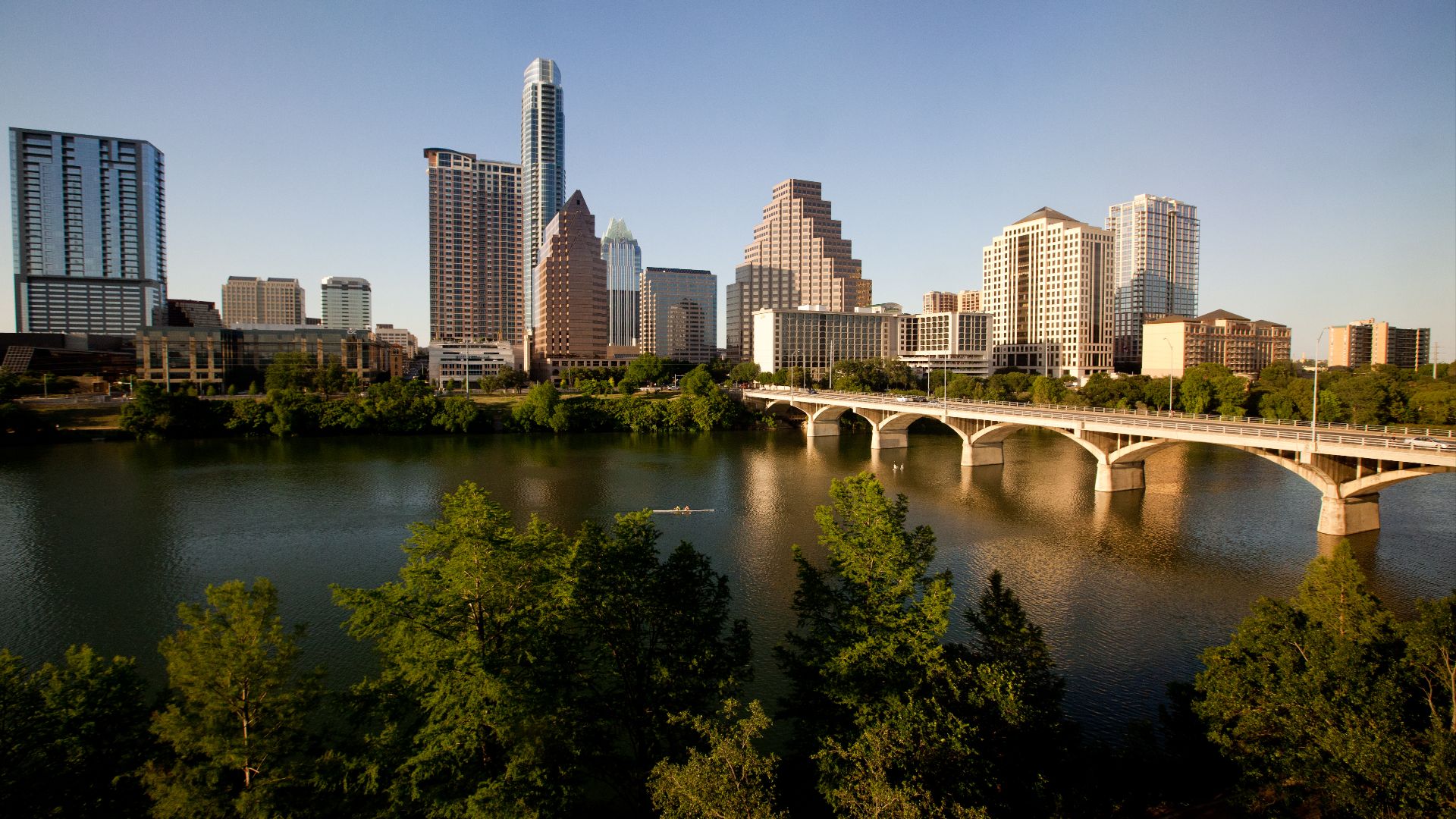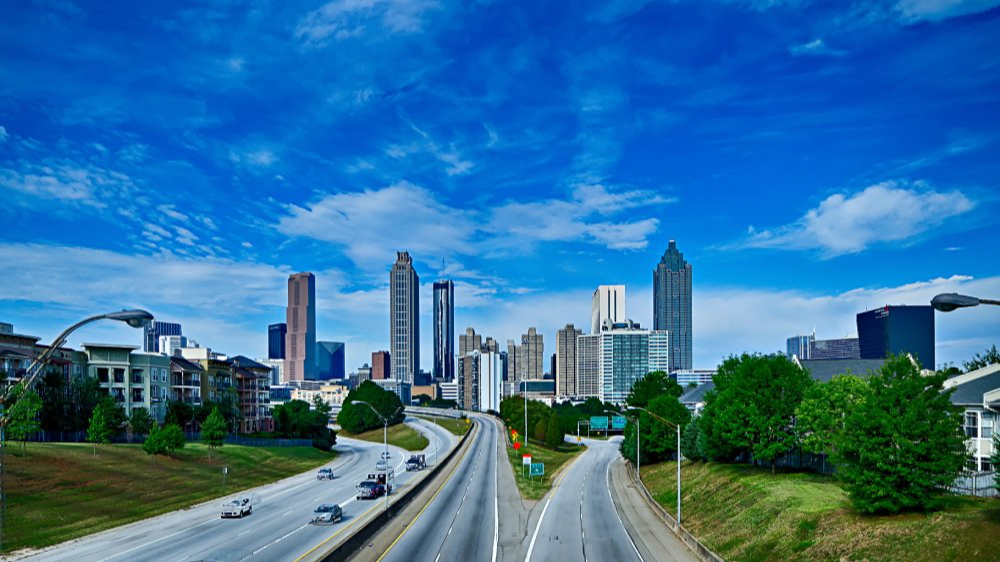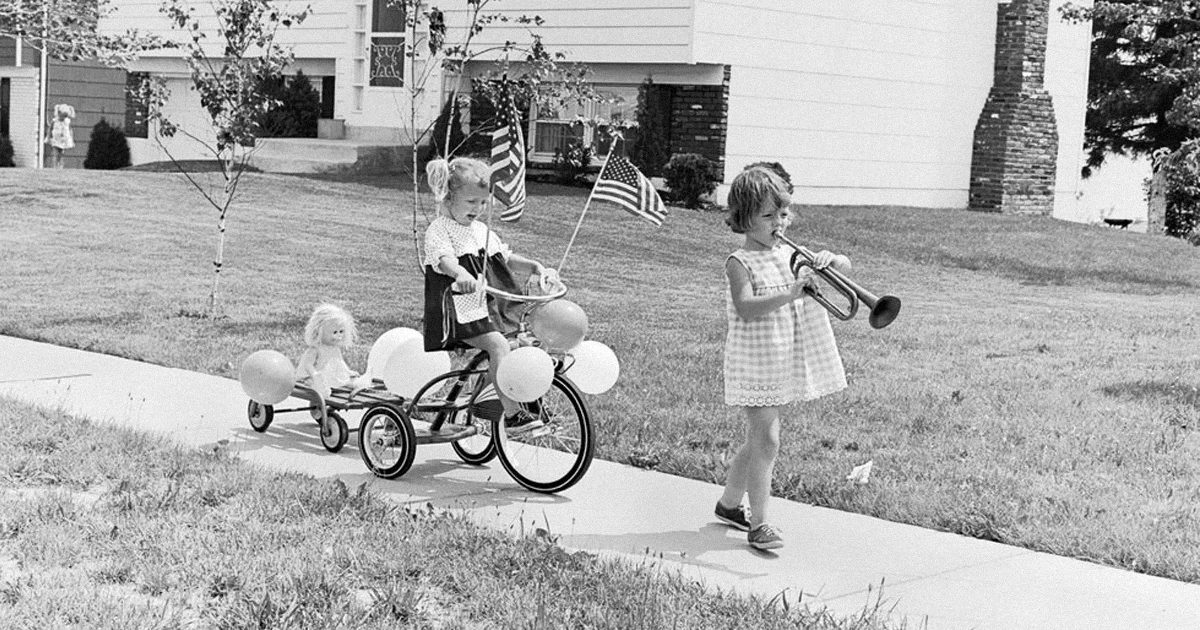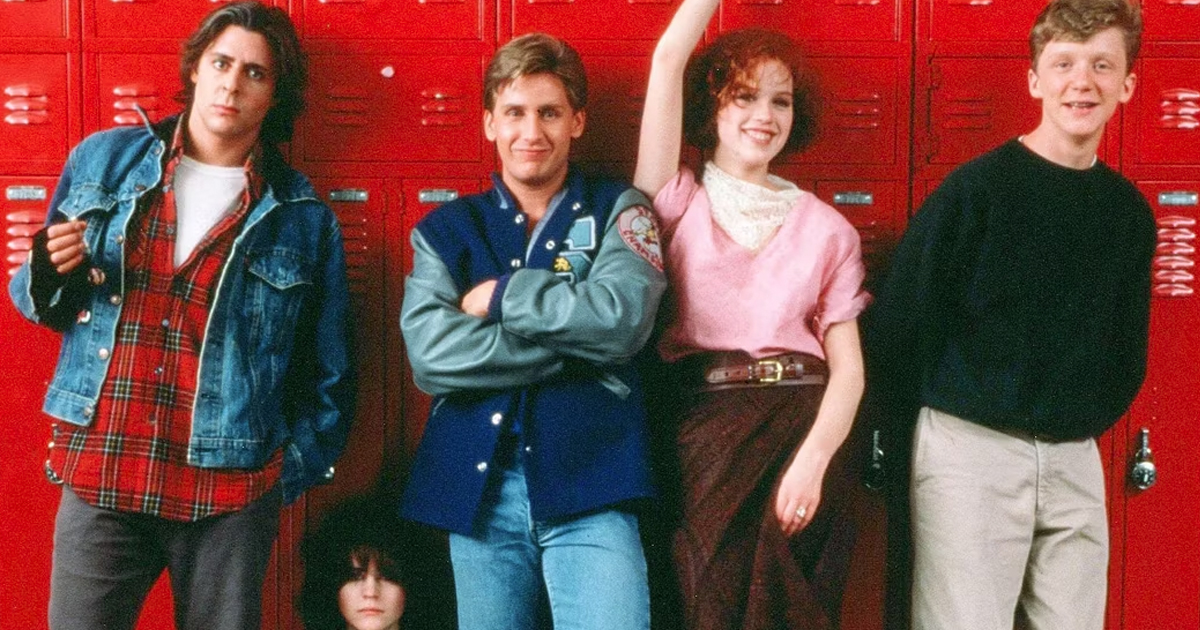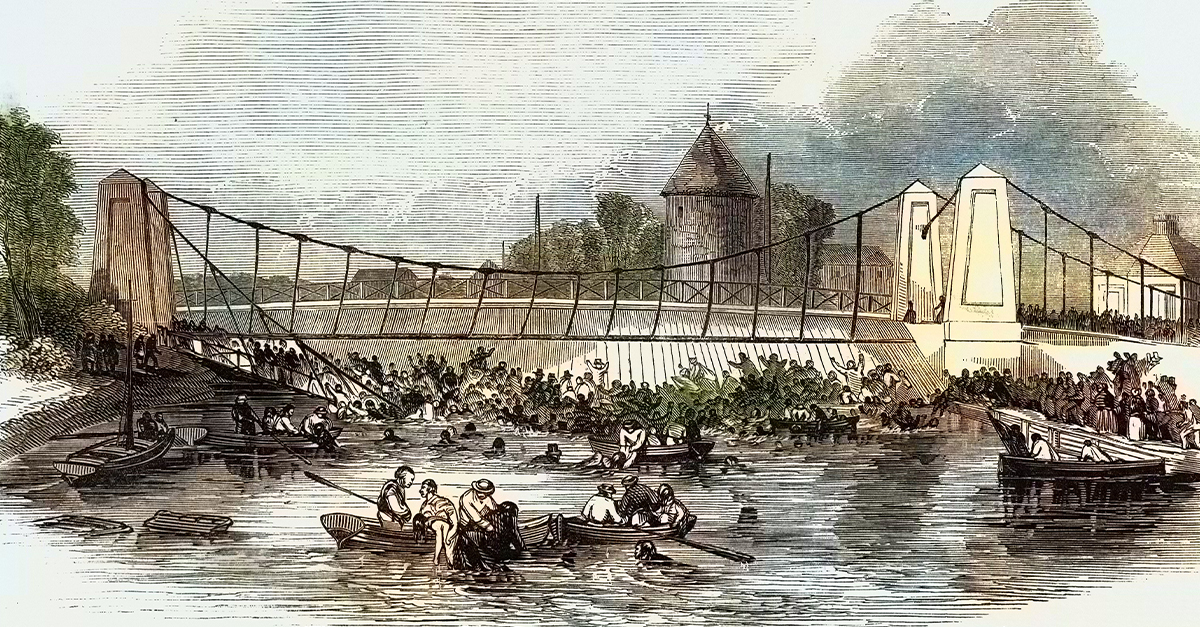The Unaffordable American Dream
Homelessness has reached alarming levels across the United States, impacting countless individuals who struggle with poverty, lack of affordable housing, and inadequate support systems. The COVID-19 pandemic further exacerbated these challenges, pushing many more people into homelessness as the nation faced economic uncertainty. From surging numbers in major urban centers to cities facing significant increases, here's a snapshot of the places where homelessness is most prevalent.
1. New York, New York
Homeless Population: 140,134
New York City tops the list with a jaw-dropping 140,134 people experiencing homelessness, a massive 59.2% increase from last year. The affordable housing crisis in the Big Apple is only getting worse, and a large influx of migrants looking for shelter has made things even more challenging.
2. Los Angeles, California
Homeless Population: 71,201
Los Angeles is second, with over 71,000 homeless people. While homelessness in LA decreased slightly by 0.2%, the city still struggles with one of the highest homelessness rates in the country. With soaring housing prices and a shortage of affordable homes, getting ahead of the issue remains a huge challenge.
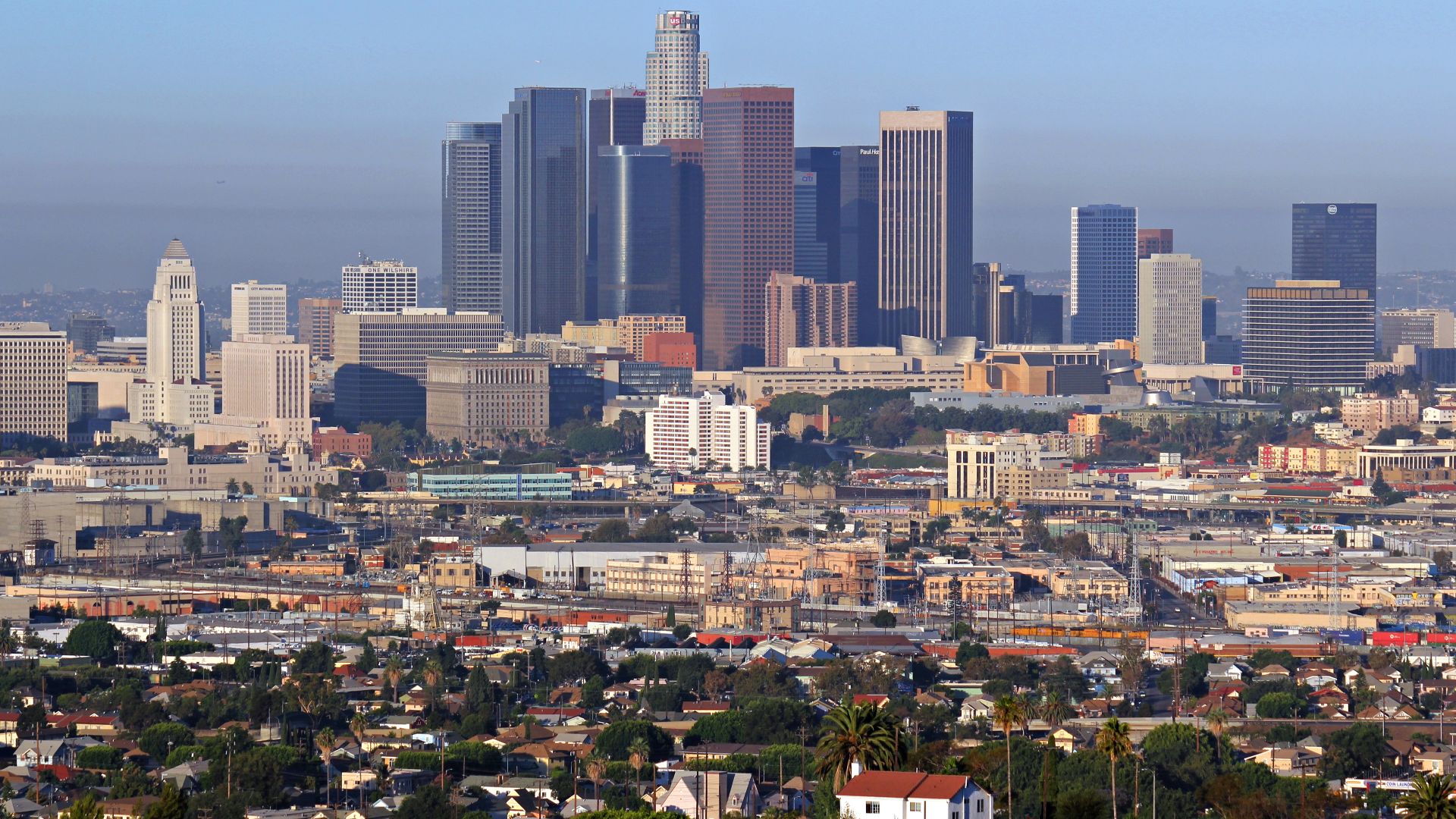 Basil D Soufi, Wikimedia Commons
Basil D Soufi, Wikimedia Commons
3. Chicago, Illinois
Homeless Population: 18,836
Chicago has seen a mind-blowing 207% increase in homelessness from 2023 to 2024. That’s the biggest jump of any city on this list, and it’s mostly due to rising housing costs and the lack of affordable housing. The city’s housing market is just not keeping up with demand, and it’s hitting the most vulnerable residents the hardest.
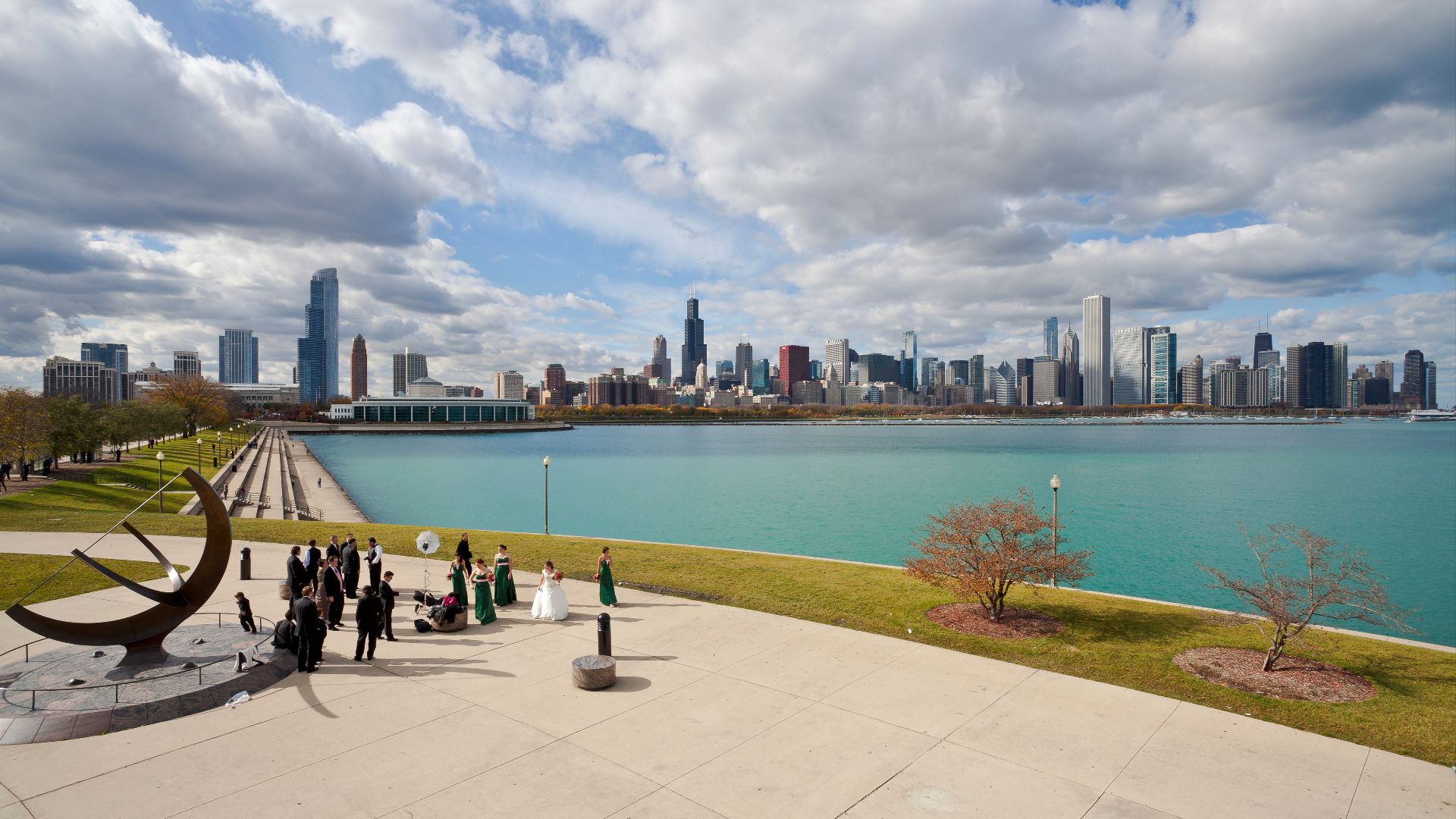 Diego Delso, Wikimedia Commons
Diego Delso, Wikimedia Commons
4. Seattle, Washington
Homeless Population: 16,868
Seattle has seen its homeless population rise by 19.2%. With housing prices through the roof and a tough job market, more people are ending up without a place to live. The city is doing what it can to add more shelters and affordable housing, but there’s still a long way to go.
5. Denver, Colorado
Homeless Population: 14,281
Denver’s homeless population has skyrocketed by 42% in just one year. The rise in housing costs is driving more people onto the streets, and it’s not an issue the city can ignore anymore. Denver is working hard to add more shelters and affordable housing, but it’s clear that the crisis is getting worse before it gets better.
6. San Diego, California
Homeless Population: 10,605
San Diego is facing a 3.3% rise in homelessness, which continues to be a major problem for the city. With sky-high rents and a shortage of affordable places to live, it’s no surprise that so many people are struggling to find stable housing. The city is expanding shelters and other services, but the demand is only growing.
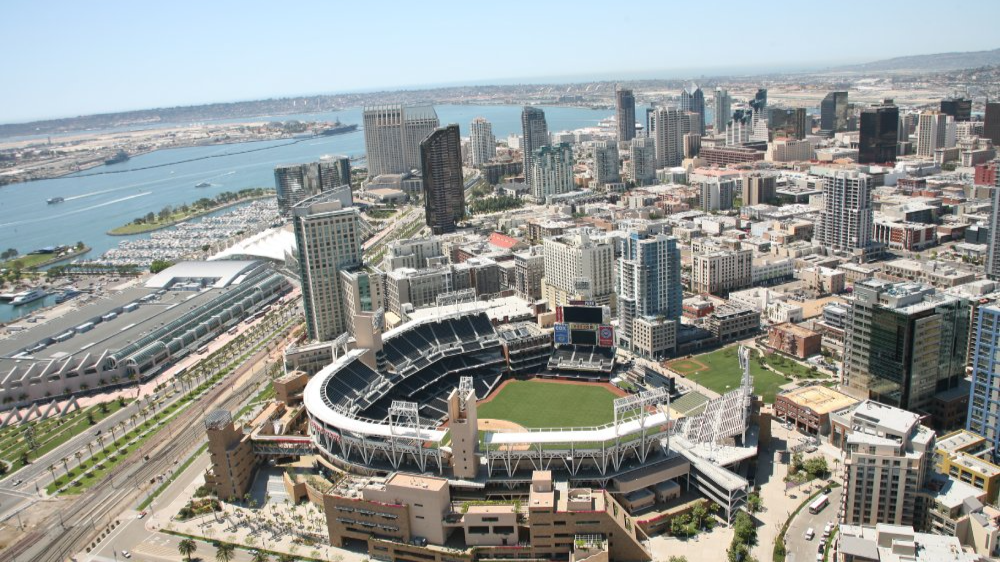 Crown Point Design, Adobe Stock
Crown Point Design, Adobe Stock
7. San Jose, California
Homeless Population: 10,394
San Jose’s homeless numbers are still high, but due to changes in how data is counted, it's hard to compare recent years directly. Housing affordability remains a big issue, with rent prices rising faster than people’s incomes, forcing more residents into homelessness. The city is working on expanding its homeless services, but there’s still a long way to go.
8. Oakland, California
Homeless Population: 9,450
Oakland’s homelessness crisis is only getting worse, and it’s tough to get an exact figure because of fluctuating data. A lot of people are living in tents or cars, and it’s clear that affordable housing is in short supply. The city has launched various programs to help, but it’s not enough to solve the problem long-term.
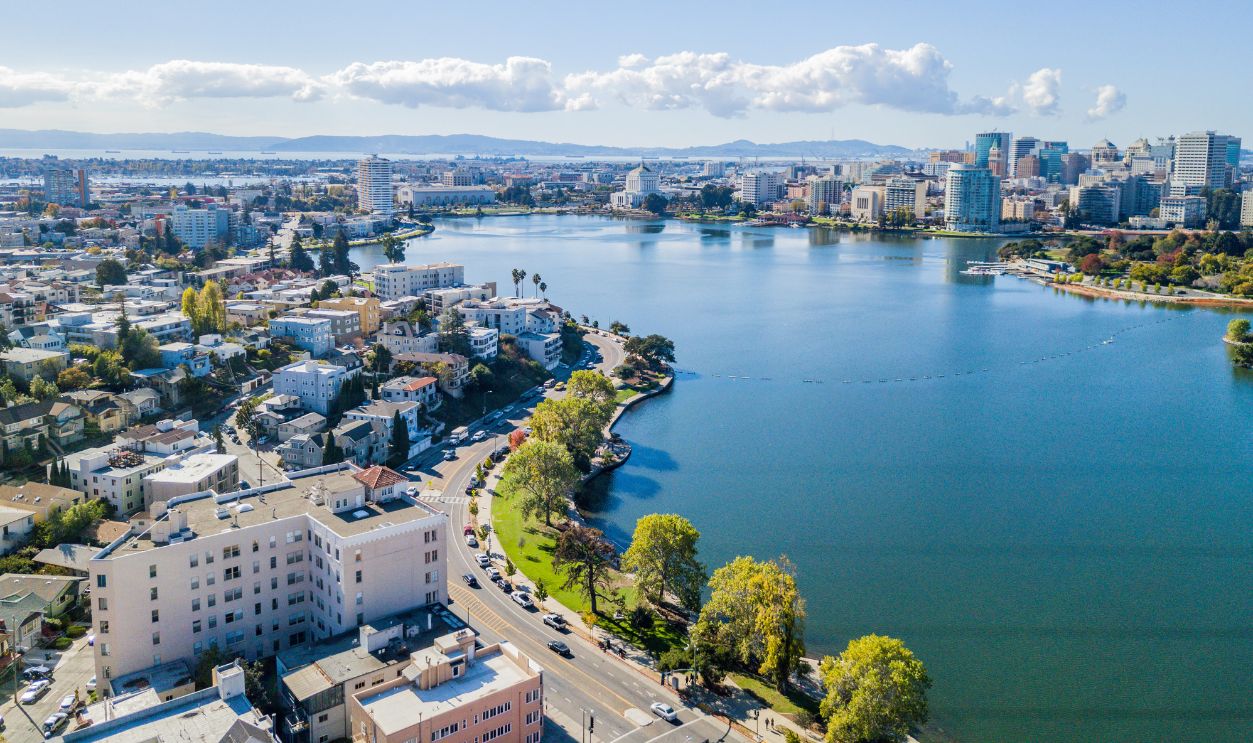 DianeBentleyRaymond, Getty Images
DianeBentleyRaymond, Getty Images
9. Phoenix, Arizona
Homeless Population: 9,435
Phoenix has seen a slight drop in homelessness, down by 2.2%. But don’t be fooled—this is still a serious issue. The city’s rising rent prices and lack of affordable housing are major contributors, and more people are ending up on the streets. The city continues to add shelters and improve services, but the problem is far from over.
10. San Francisco, California
Homeless Population: 8,323
San Francisco has one of the most visible homeless populations in the country. Many people live in tents or on the streets due to the city’s crazy-high living costs. While there are programs to help, the city continues to struggle with this crisis, especially as rent prices rise and housing options remain scarce.
 Sharon Hahn Darlin, CC BY 2.0, Wikimedia Commons
Sharon Hahn Darlin, CC BY 2.0, Wikimedia Commons
11. Las Vegas, Nevada
Homeless Population: 7,906
Las Vegas saw a massive 20.4% jump in homelessness last year. The city’s affordable housing shortage is partly to blame, along with rising rental prices. Las Vegas is focusing on expanding its shelter services, but there’s still a huge gap to fill when it comes to providing enough affordable housing.
12. Portland, Oregon
Homeless Population: 7,384
Portland is seeing its homeless population continue to grow. Although the numbers fluctuate because of reporting changes, it’s clear that the city has a major homelessness issue. The lack of affordable housing and the challenges of providing enough shelter continue to plague the city.
13. Sacramento, California
Homeless Population: 6,615
Sacramento is facing a homelessness crisis, with many people living on the streets or in shelters. It’s difficult to compare recent data due to reporting changes, but it’s clear that the city’s housing situation needs urgent attention. Rising rents and a shortage of affordable housing continue to push people into homelessness.
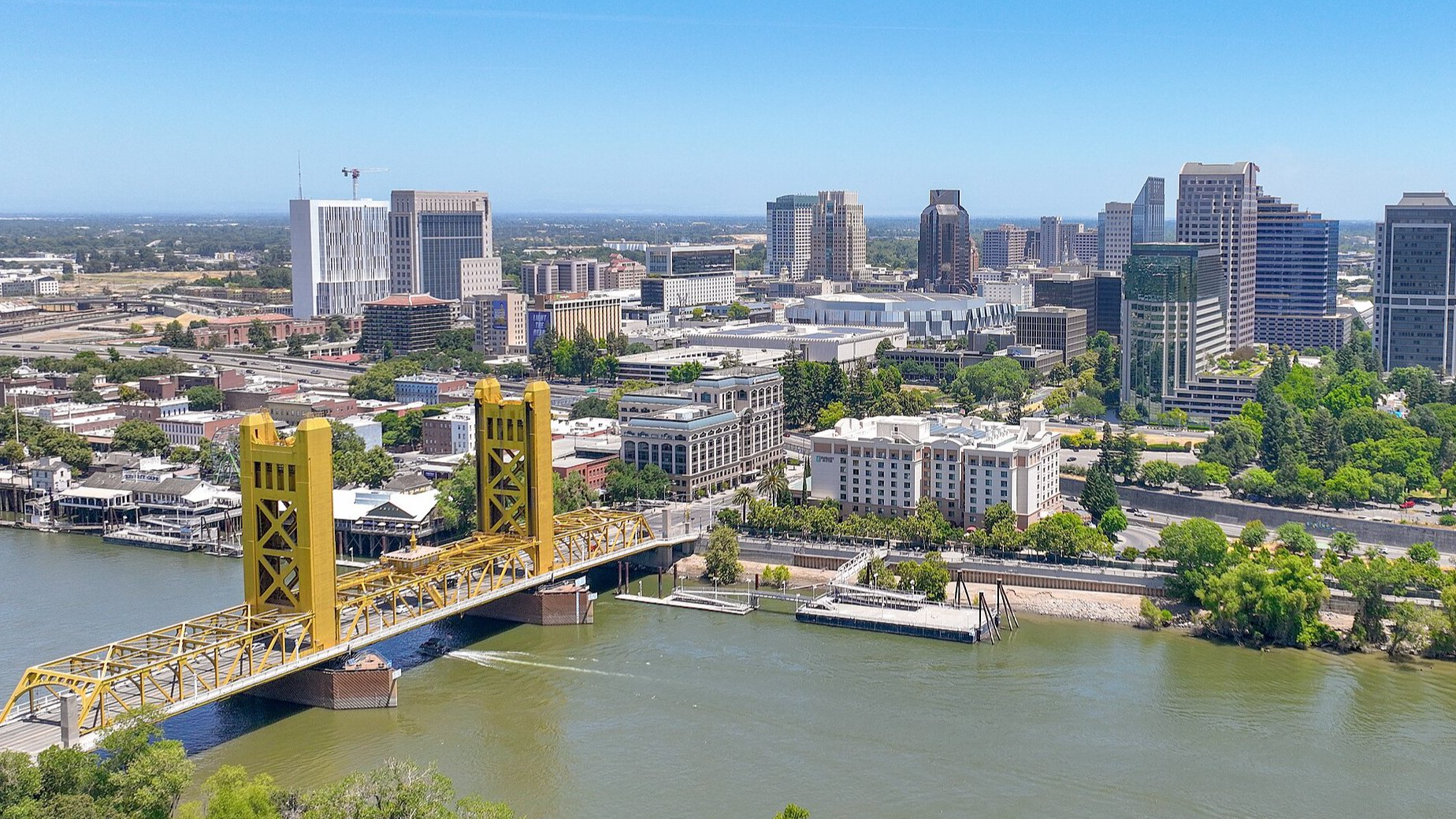 Quintin Soloviev, CC BY 4.0, Wikimedia Commons
Quintin Soloviev, CC BY 4.0, Wikimedia Commons
14. Boston, Massachusetts
Homeless Population: 5,898
Boston saw a 13.4% rise in homelessness, with more people unable to afford the skyrocketing cost of living. The city is working on expanding shelter services, but it needs more long-term solutions to address the affordable housing crisis that’s contributing to the problem.
 Sharon Hahn Darlin, CC BY 2.0, Wikimedia Commons
Sharon Hahn Darlin, CC BY 2.0, Wikimedia Commons
15. Washington, D.C.
Homeless Population: 5,616
Washington, D.C. has faced a 14.1% increase in homelessness, which is largely due to the city’s affordable housing shortage and rising income inequality. The political center of the U.S. is struggling to provide enough affordable housing and shelter services for the growing number of homeless individuals.
16. Philadelphia, Pennsylvania
Homeless Population: 5,191
Philadelphia has seen a near 10% increase in homelessness, driven by the same factors that are affecting cities all over the country: rising rents and a lack of affordable housing. The city has pledged to boost funding for shelters and long-term housing programs, but it’s clear that more action is needed.
17. Fresno, California
Homeless Population: 4,305
Fresno’s homelessness issue is largely hidden because many people are sheltered, but it remains a significant problem. The city continues to work on providing more services, but the growing lack of affordable housing means that many people are still without a safe place to live.
18. Minneapolis, Minnesota
Homeless Population: 3,866
Minneapolis saw a 16.7% increase in homelessness from 2023 to 2024. High housing costs and a lack of mental health support are contributing factors to the rising numbers. The city is expanding shelters, but it's clear that they need to do more to address the root causes of homelessness.
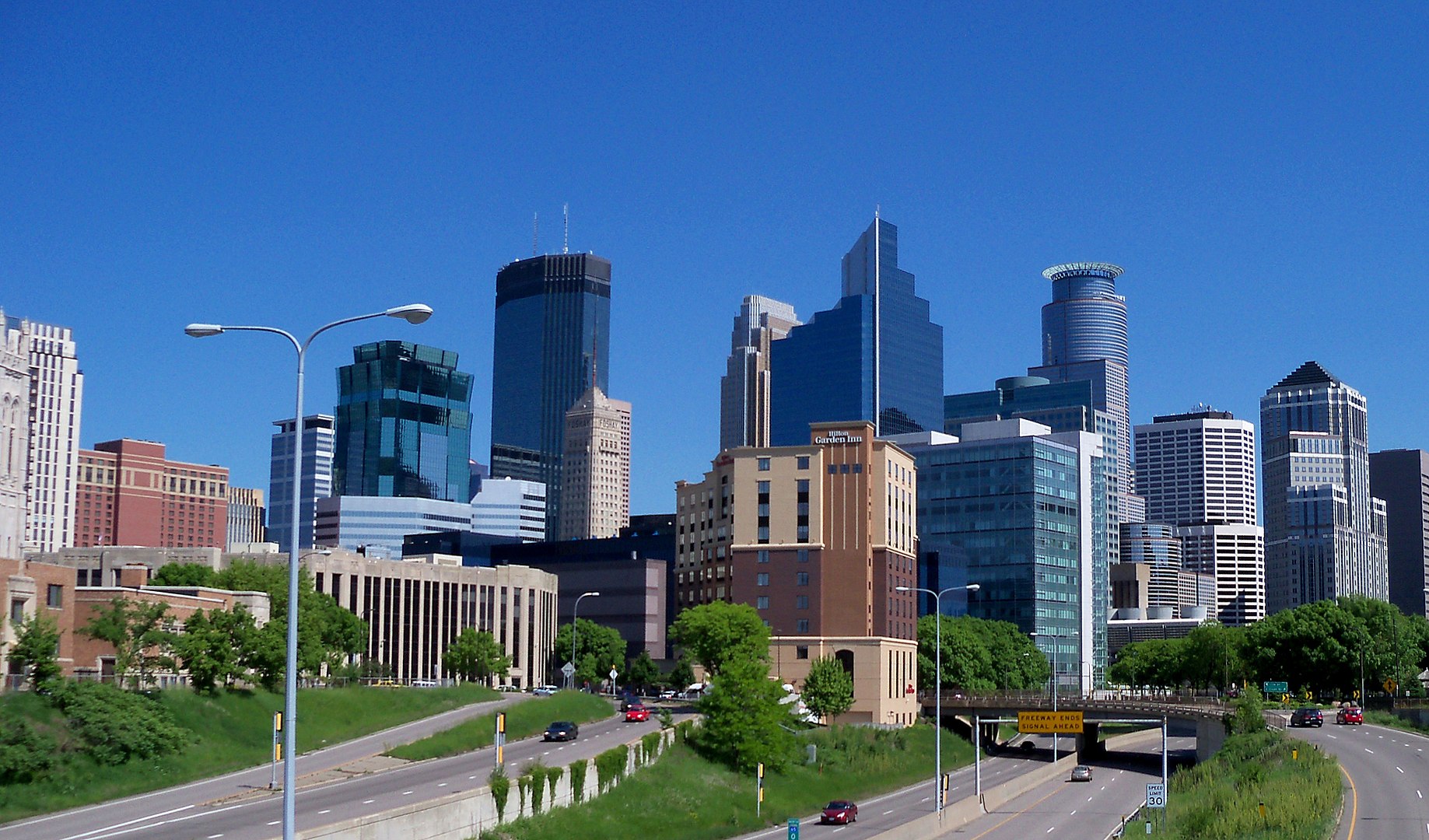 AlexiusHoratius, CC BY-SA 3.0, Wikimedia Commons
AlexiusHoratius, CC BY-SA 3.0, Wikimedia Commons
19. Miami, Florida
Homeless Population: 3,800
Miami’s homeless population has gone up by 3.9%, and with the city’s high living costs, it’s not hard to see why. Affordable housing remains out of reach for many, leaving people to struggle with homelessness. The city is working to build more shelters and provide housing solutions, but it’s still not enough.
20. Dallas, Texas
Homeless Population: 3,718
Dallas managed to reduce its homeless population by 12.4% in the past year. This drop is thanks to more shelter services and local programs to prevent homelessness. However, the city still faces major challenges in keeping those numbers down over the long term.
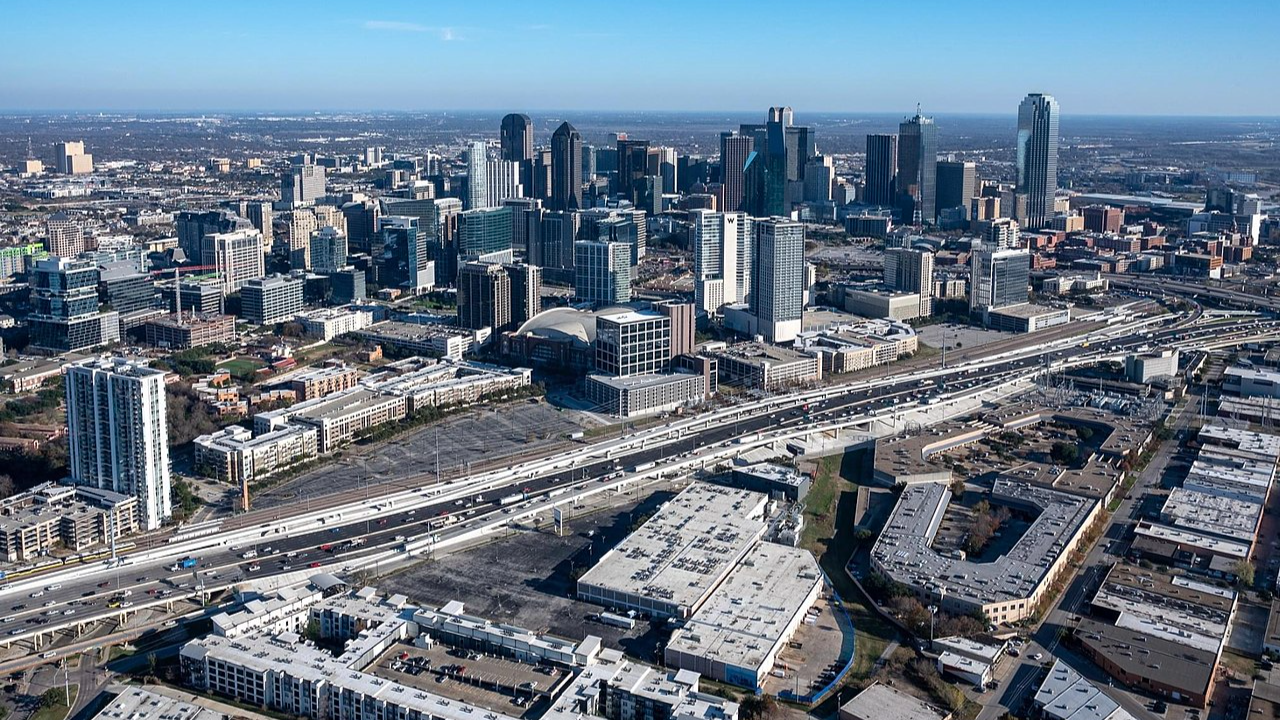 75316serk, CC BY-SA 4.0, Wikimedia Commons
75316serk, CC BY-SA 4.0, Wikimedia Commons
21. San Antonio, Texas
Homeless Population: 3,398
San Antonio saw a 7.7% increase in homelessness, a trend that’s worrying local officials. Rising housing costs and the growing lack of affordable homes have made it harder for many residents to keep a roof over their heads. The city is trying to step up efforts to tackle homelessness, but it’s going to take time.
22. Long Beach, California
Homeless Population: 3,376
Long Beach managed a small victory with a 2.1% decrease in homelessness, but it’s still a major issue. The city continues to struggle with providing enough affordable housing, and many people remain on the streets. Efforts to improve shelters and supportive services are ongoing.
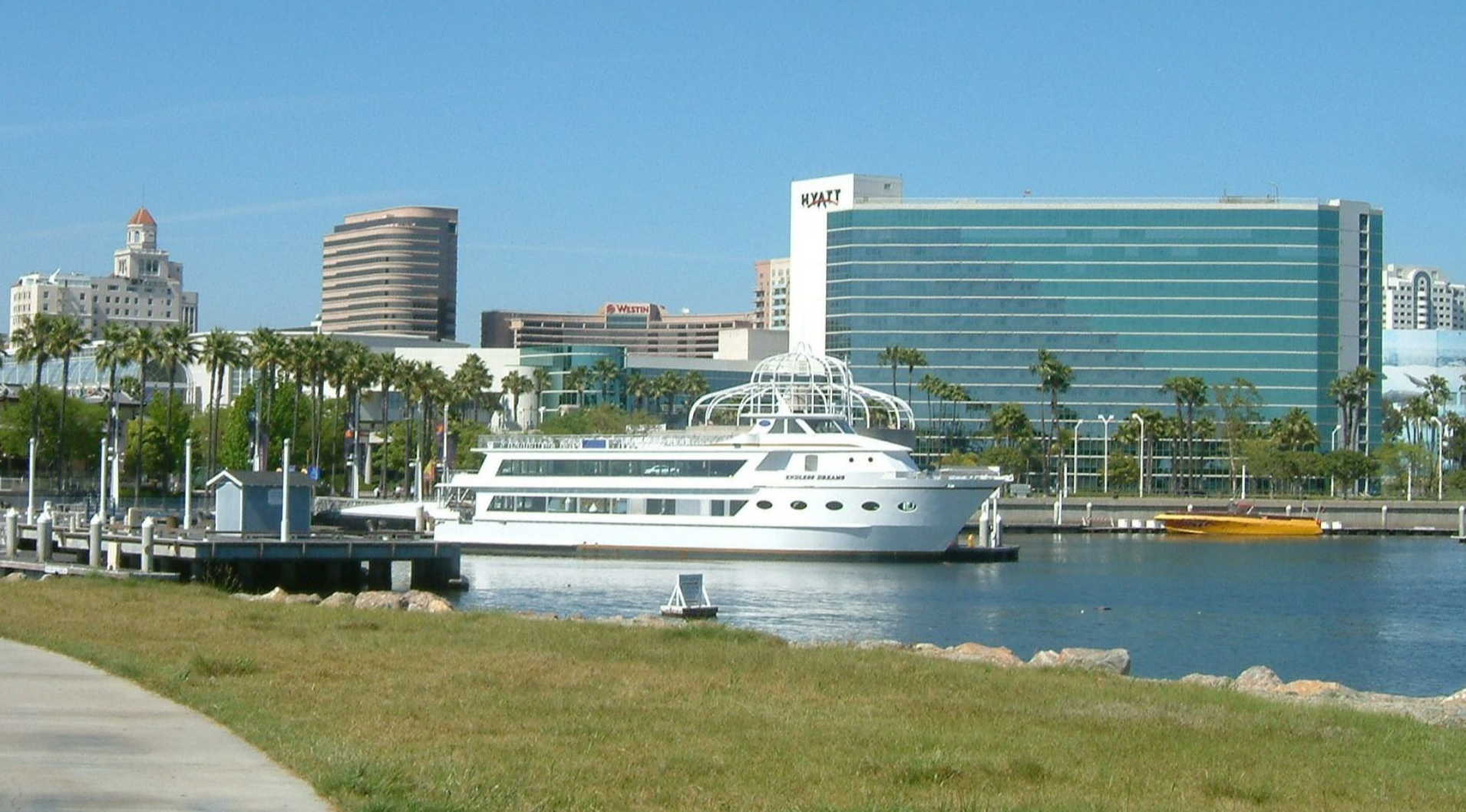 Christophe.Finot, Wikimedia Commons
Christophe.Finot, Wikimedia Commons
23. Houston, Texas
Homeless Population: 3,280
Houston has seen a tiny increase in homelessness, rising by just 0.3%. While the change is small, it still highlights the ongoing problem of affordability and the need for better mental health and rehabilitation services. Houston continues to work on expanding shelter services, but there’s still much more to be done.
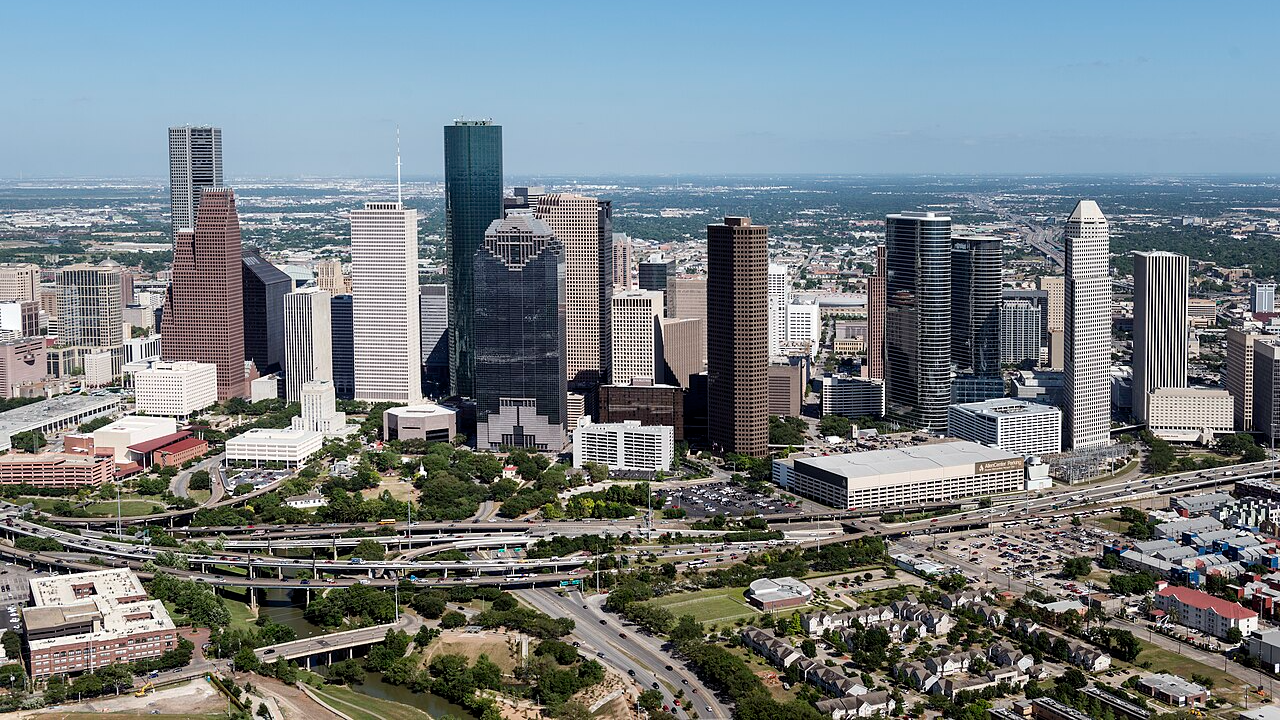 Carol M. Highsmith, Wikimedia Commons
Carol M. Highsmith, Wikimedia Commons
24. Austin, Texas
Homeless Population: 2,975
Austin’s homeless population figures are a bit tricky to compare due to changes in how the data is collected. But with affordable housing still in short supply, the issue remains a serious concern. The city is working to improve shelter systems, but the homeless numbers continue to rise.
25. Atlanta, Georgia
Homeless Population: 2,867
Atlanta has seen a steady 7% increase in homelessness over the last year. With rising housing costs and not enough affordable homes, the city is struggling to keep up. Local government efforts to address the issue are underway, but it’s clear that a lot more needs to be done.
You May Also Like:
Ranking The States With The Most Prisons—According To Data
Ranking The Countries With The Best Work-Life Balance—According To Data
Photos Of The Tribe That Still Builds Floating Villages
Source: 1

